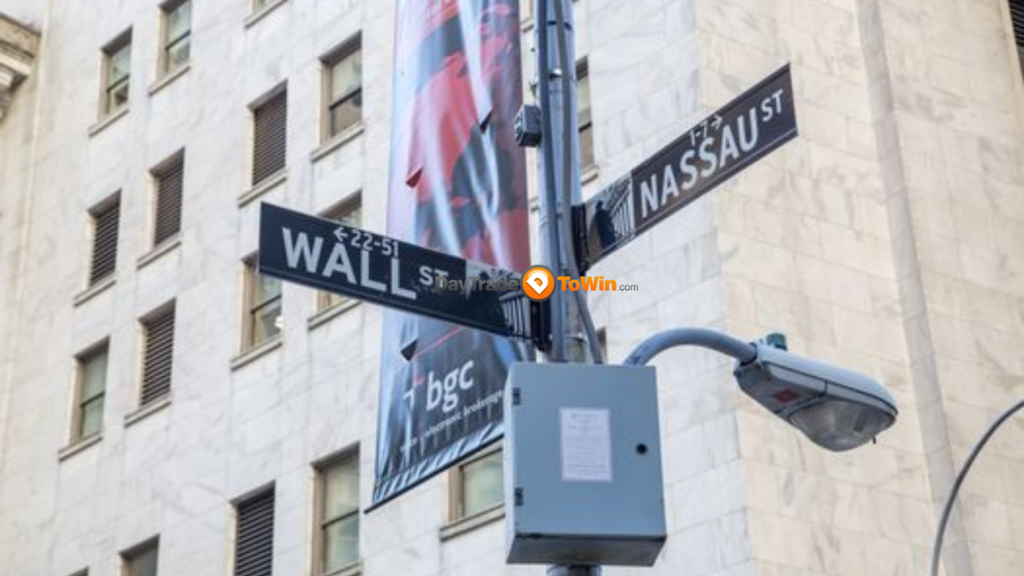The recent ascent of the Vix likely reflects the index’s inherent tendency to revert to its mean, rather than serving as an omen of impending market tumult, as suggested by a portfolio manager.
In a notable departure from the norm, both the S&P 500 and the Cboe Volatility Index, commonly known as the Vix, have seen gains this quarter in the stock market.
But does this signal an imminent end to the unusually serene market conditions of late? Probably not, according to insights from Barbara Reinhard, the chief investment officer of Voya Investment Management’s multi-asset strategies and solutions platform. Reinhard suggests that the Vix’s recent upswing from its four-year low in December is likely attributable to the natural tendency of implied volatility to revert to its mean.
Contrary to the notion that jittery investors are bracing for an impending market collapse, Reinhard contends that feedback from fellow financial professionals doesn’t align with this narrative. She notes that the Vix, often dubbed Wall Street’s “fear gauge,” remains historically low.

While the Vix has edged up by 4.3% since the quarter’s inception, reaching 12.98, it’s noteworthy that the index’s long-term average hovers around 20, tracing back to its inception in the early 1990s according to FactSet data.
Reinhard emphasizes the cyclical nature of the Vix, stating in an interview with MarketWatch, “If the Vix is low like it is now, it is more likely to go up over the medium term. But then again, it can stay low for years, like it did during the stretch between 2012 and 2015.”
Meanwhile, the S&P 500 appears poised to achieve a 10% gain this quarter, reaching record highs on Thursday for the 22nd time this year. Despite this, the Vix’s concurrent rise amidst relatively stable market conditions adds to the peculiarity of the current scenario.
Although instances of both indexes rising concurrently have occurred in recent years, previous occurrences often saw a brief retreat in the S&P 500 along the way.
The most recent instance was in the third quarter of 2021, when the S&P 500 saw a marginal rise of 0.2%, juxtaposed with a significant 46% surge in the Vix. This surge largely transpired in September as the S&P 500 recorded its most substantial monthly decline since March 2020, driven by concerns surrounding the spread of the COVID-19 delta variant.
Before that, the Vix rose alongside the index during the second and third quarters of 2019, prompted by the Trump administration’s trade tensions with China, which triggered brief selloffs in the S&P 500.
The current streak of more than 100 trading days without a 2% pullback in the S&P 500, the longest in about six years according to Bespoke Investment Group, further underscores the current market’s resilience.
However, it’s essential to note that while the Vix and S&P 500 typically exhibit a strong negative correlation, this relationship isn’t immutable.
The Vix serves as an indicator of implied volatility, reflecting traders’ expectations regarding market volatility in the upcoming month rather than the present volatility levels. Its value is derived from activity in S&P 500 options.




